Open data showed massive abuses with parking fines
 It turns out that the American police also issue unsubstantiated fines for improper parking. True, they take money not in their pocket, but in the city treasury, and not out of greed, but from ignorance of the rules of the road. But it is not easier for citizens.
It turns out that the American police also issue unsubstantiated fines for improper parking. True, they take money not in their pocket, but in the city treasury, and not out of greed, but from ignorance of the rules of the road. But it is not easier for citizens. Car owner and programmer Ben Wellington (Ben Wellington) conducted his own investigation and discovered the enormity of violations. He was assisted in his investigation by the state open data portal, NYC Open Data, and Python programming experience.
The fact is that in New York there is a complex system of specific rules and regulations regarding parking. Not surprisingly, many people do not understand them thoroughly. For example, few people know that since December 2008, they allowed to park in the city.on the main road by the sidewalk near the T-intersections and exits from the sidewalk, as shown in the diagram above, even near the congresses with a lowered border. This is done to increase the number of parking spaces on the streets.
The change was officially made to the traffic rules of New York , but almost no one knows about it. Ben Wellington himself recently learned about such a rule - and immediately found a free place in Brooklyn near his house. Soon he found a receipt for a parking penalty.
Of course, Ben challenged the fine and canceled it, but at the same time he wondered: what if he is not the only one? He conducted data mining at the NYC Open Data state database for 2014 , 2015, and 2016 . Among other things, there are given the coordinates of the places where parking penalties are written out due to the overlap of the pedestrian ramp.
As an activist of the Open Data movement, Wellington praised the authorities and the police for publishing such complete information. Although they are still lagging behind in the discovery of data on criminal offenses, the base for parking fines is simply excellent.
The results of the database on fines were amazing. To begin with, the researcher checked which addresses the most fine was written for in recent years.
First place was taken by a point opposite the building 575 Ocean Avenue in Brooklyn. She collected over $ 48,000 parking fines in the past 2.5 years.
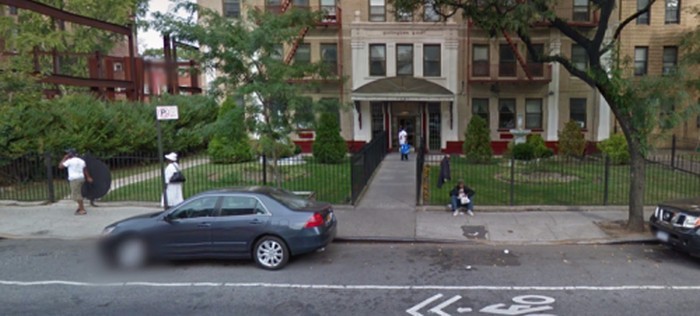
One single place with a permitted parking brought the city administration 48 thousand dollars in fines! It is a pity that there is no data for previous years. It is likely that there are significant amounts.
The same story with other places where the maximum number of fines is collected. All of them are places with authorized parking!
1705 Canton Avenue in Brooklyn, 273 fine, $ 45,045: permitted place .
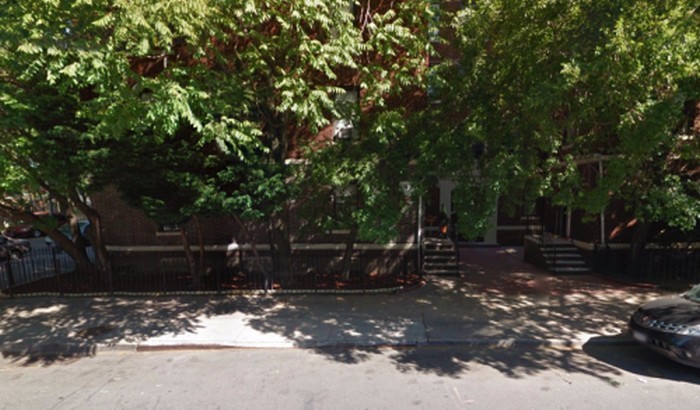
270-05 76 Avenue in Queens, 256 penalties, $ 42,440 : permitted location .
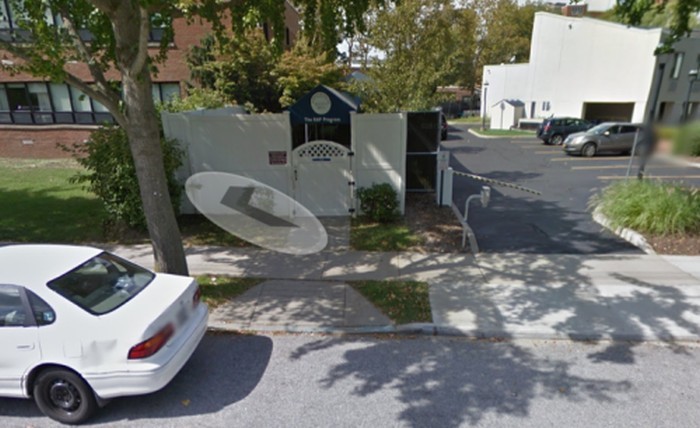
143-49 Cherry Avein Queens, 246 penalties, $ 40,590: permitted place .
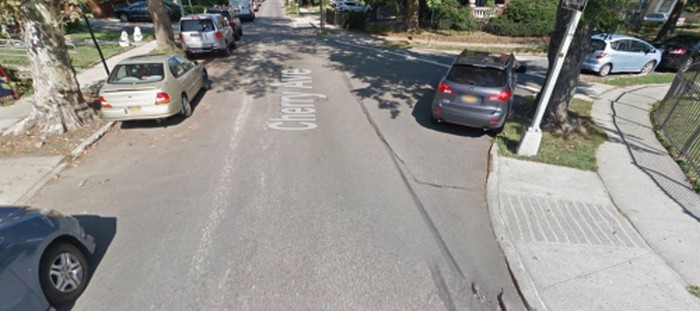
Further study of the list showed that there are not even dozens but hundreds of such “fish” places for the police in the city!
Here is the address in Battery Park, which occupies the 16th place in the list (the yellow paint on the curb does not matter according to the traffic regulations of New York, and there is no pedestrian crossing). 116 fines have been issued here ($ 19,140).
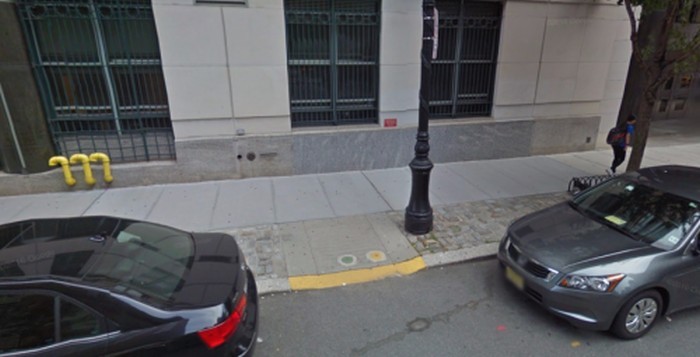
Even the thousandth number on the list is a classic T-intersection at 1059 Virginia Avenue , also allowed : 8 penalties for $ 1,320.
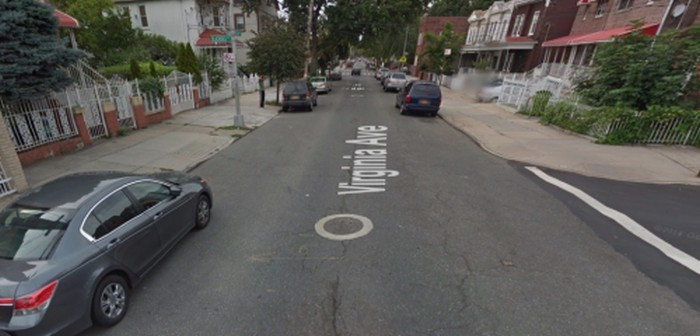
Struck by what he saw, the analyst allocated 30 places at random among all the addresses where five or more parking fines were written out due to overlapping of the exit from the sidewalk. ALL of them, without exception, turned out to be parking spaces allowed!
Do you know how many fines are issued for this violation? If you take all the addresses with 5 or more fines, then there are 1966 places that bring the police 1.7 million dollars a year . Surely, not all of these places are allowed for parking, there are prohibited places, but they are much less than half.
For residents of New York, Ben Wellington has compiled an interactive map with addresses where the police issue fines for parking in front of the pedestrian convention.
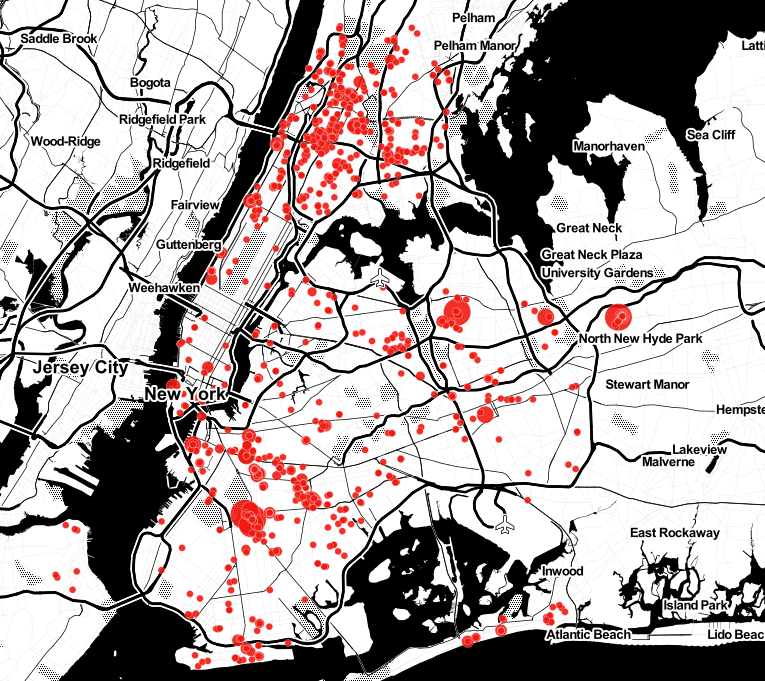
He also compiled a list of areas in which the police are the most brutal: the first places were taken by sections 70 and 77 in Brooklyn.
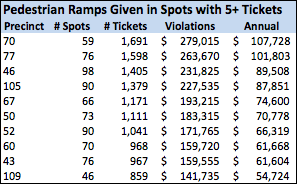
Ben Wellington wrote a letter to the New York police station asking for explanations. A few weeks later, he received an official response: it turns out that many patrol officers did not know about the changes in the traffic rules adopted in 2008. Following the consideration of the complaint, it was decided to conduct additional training courses for patrolmen, as well as to carry out digital monitoring of information in the database on new parking fines.
The history of New York shows how important it is for government organizations to publish information in the public domain, in a convenient form for processing. Thanks to crowdsourcing - analysis of open data by journalists, independent public organizations and all interested parties - this allows revealing many shortcomings and, as a result, optimizing the work of state structures.
“This should be the government in the future. This is what open data is for. Democracy implies that the authorities receive feedback from citizens and change their policies in accordance with the received signals. Open data greatly enhances this feedback, ”writes Ben Wellington, an activist of the Open Data movement.
